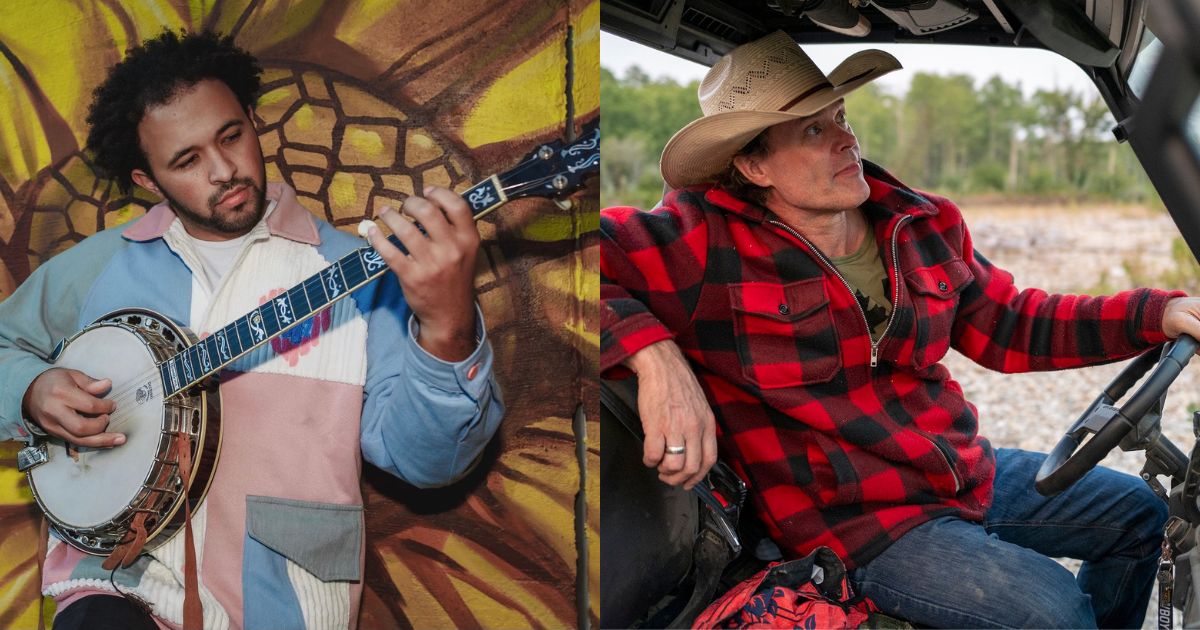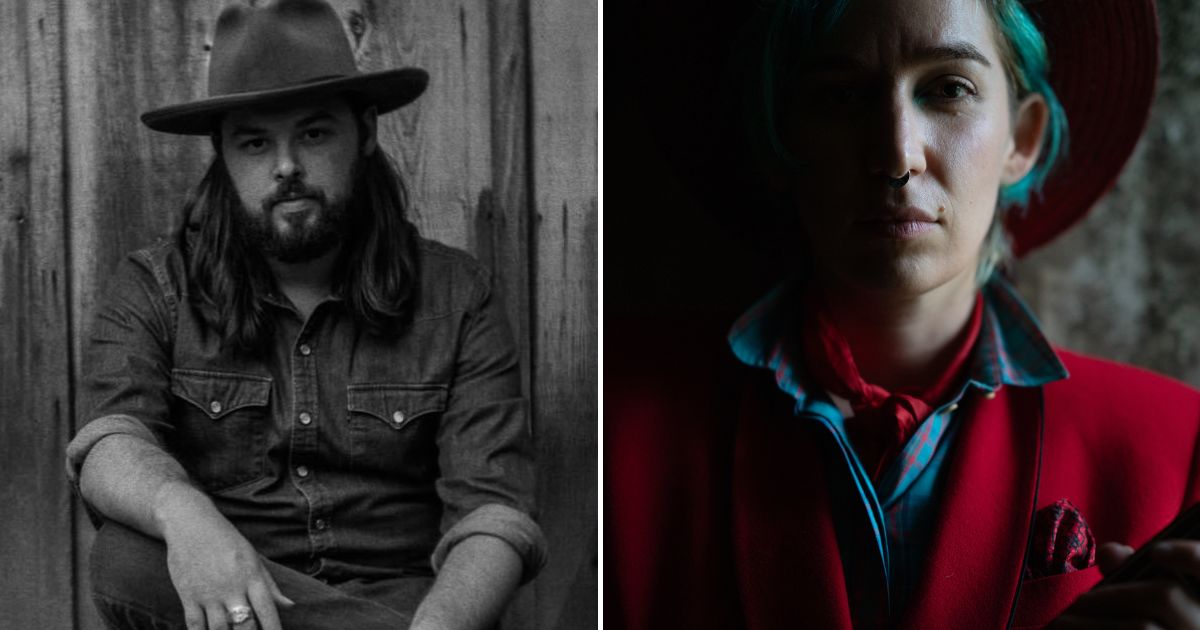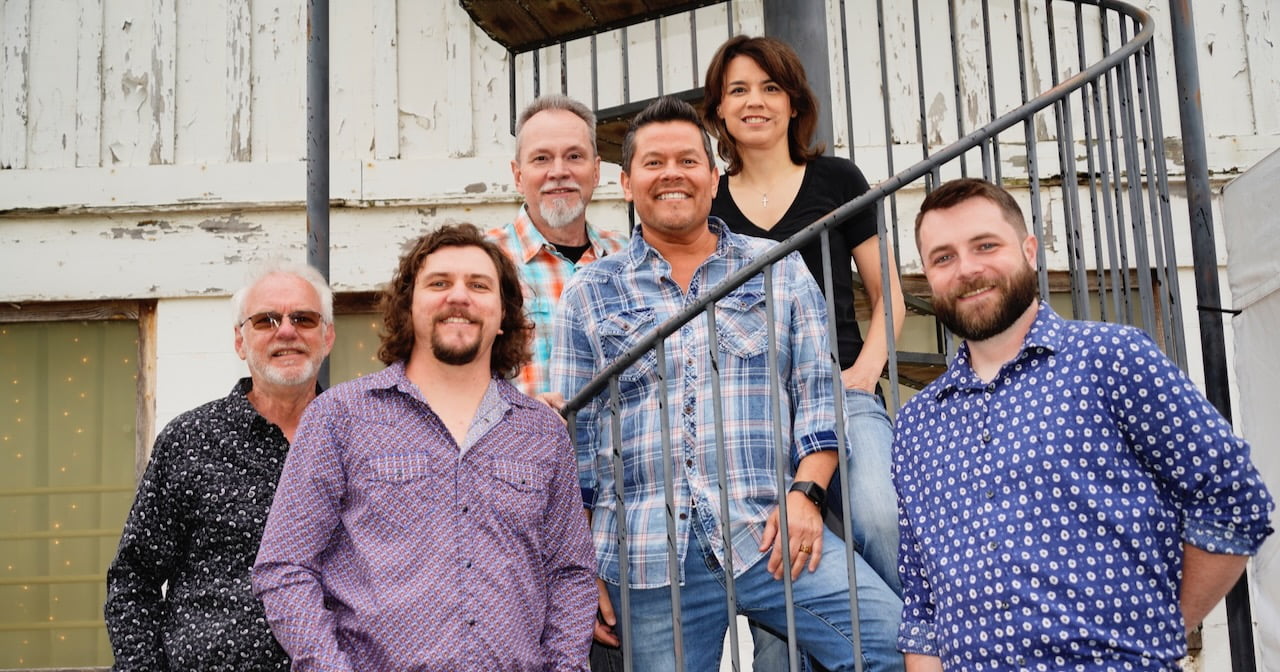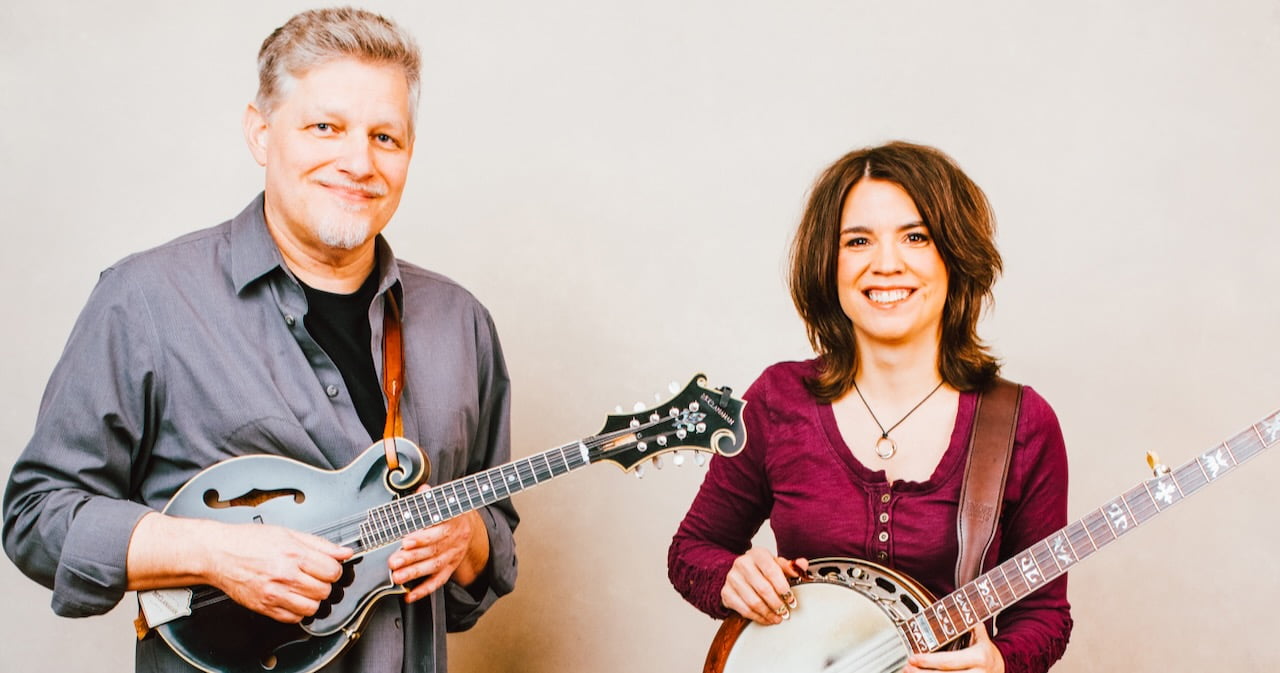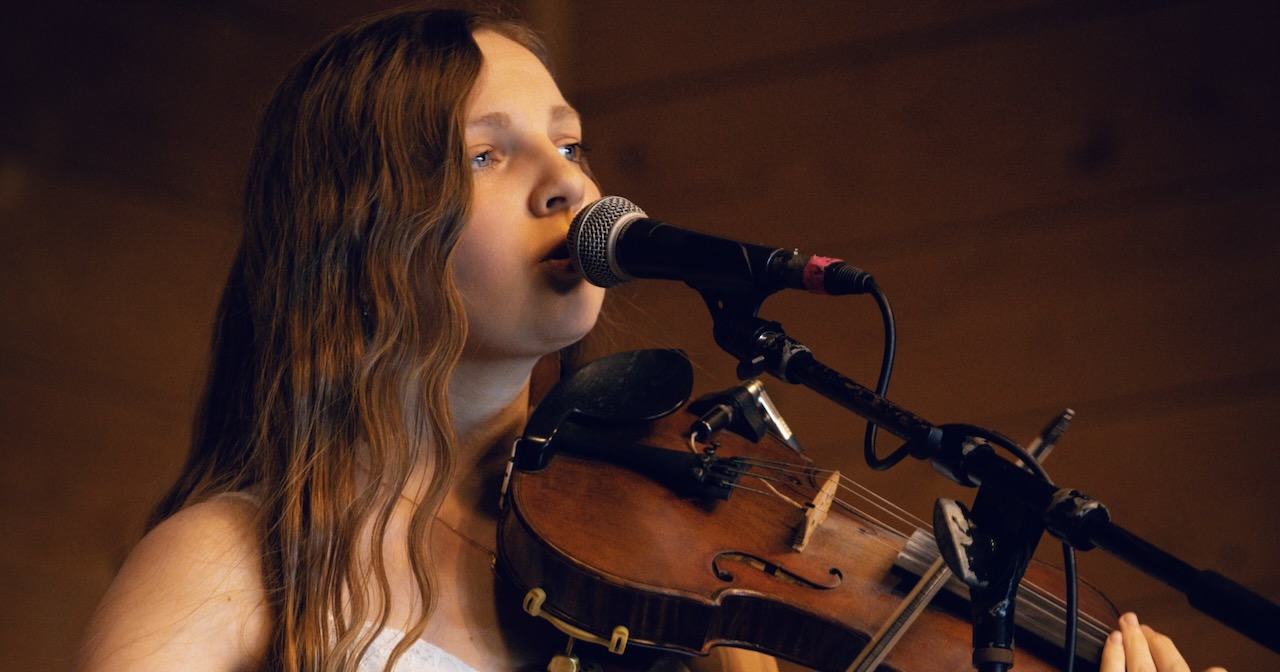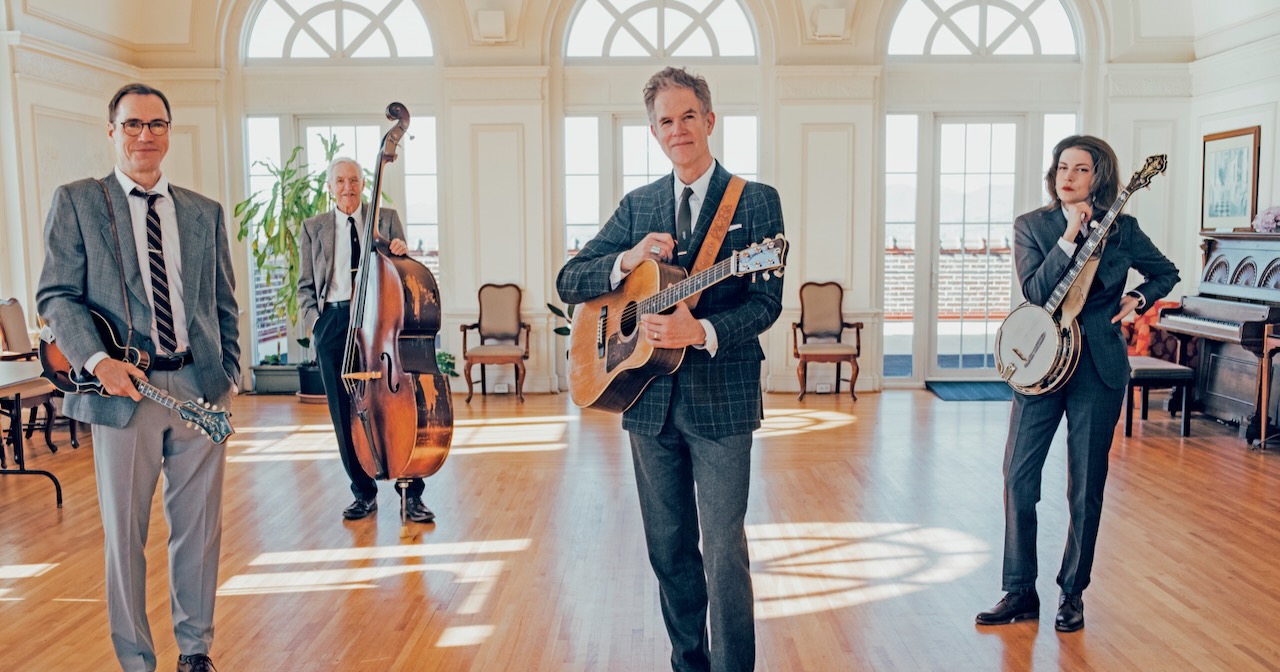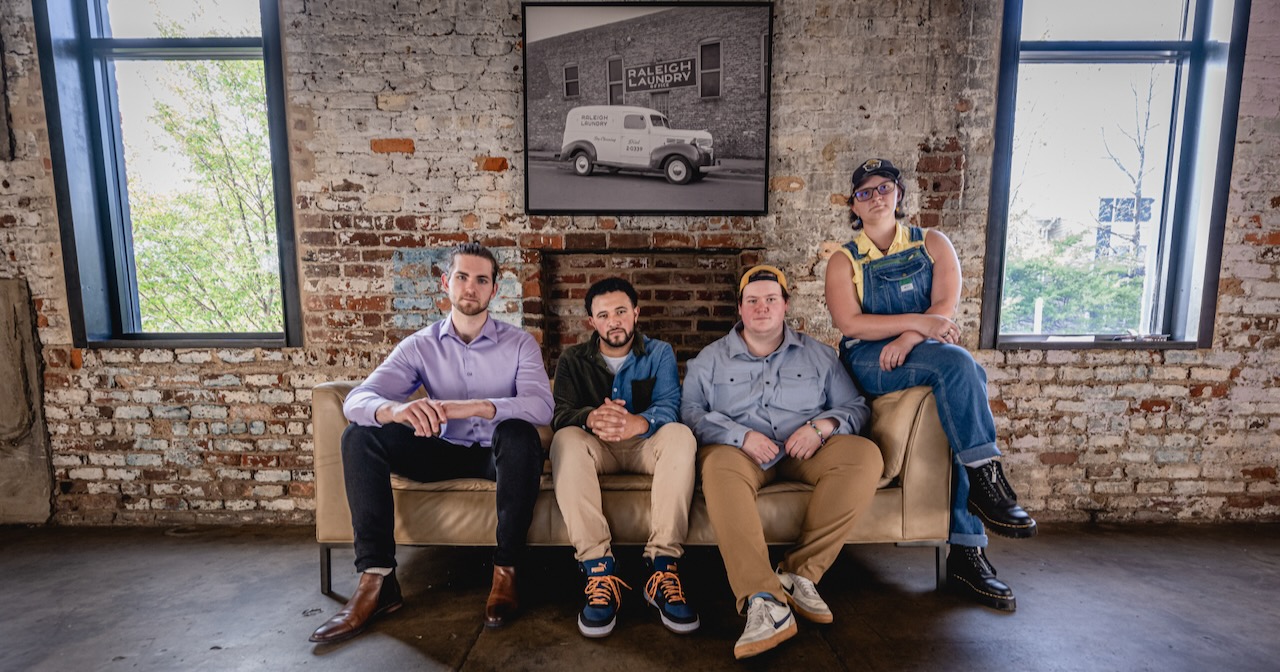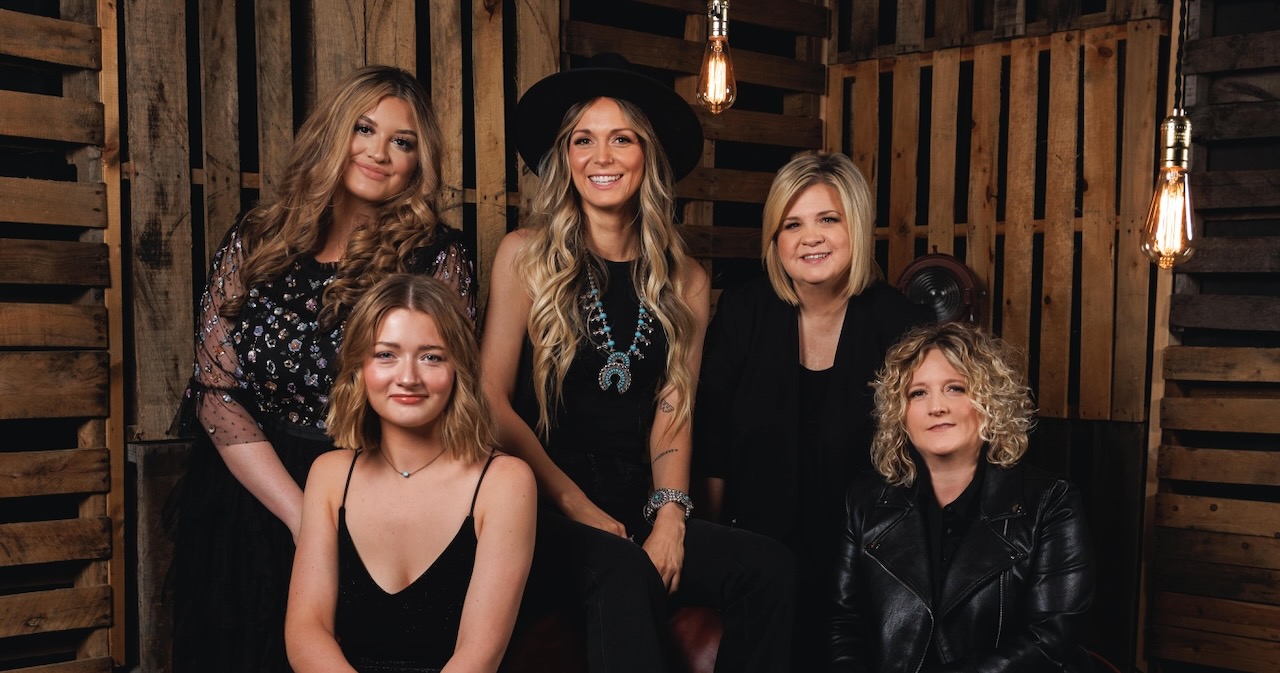We love a week absolutely filled to the brim with music – and we don’t just mean because we’re attending Folk Alliance International and hosting a private showcase room in Kansas City this week!
This week, there were just too many exciting releases and new songs to feature, so buckle up for seven excellent premieres – cause You Gotta Hear This! From a John Hiatt cover by modernist banjo player Tray Wellington to a brand new music video from country neo-traditionalist Corb Lund, from Amelia White to the Roe Family Singers, there’s something for every taste and from every style of American roots music.
Tray Wellington, “Lift Up Every Stone”
Artist: Tray Wellington
Hometown: Raleigh, North Carolina
Song: “Lift Up Every Stone”
Release Date: February 23, 2024
Label: Mountain Home Music Company
In Their Words: “For me, ‘Lift Up Every Stone’ encompasses a sense of encouragement to fight through the hard times in life. When I first heard the John Hiatt version of this song, I loved the use of imagery to convey the lifting atmosphere. It was also a chance to try something new musically, which for anything I record, I want to be challenged more and more — and this was the perfect way to step outside of my comfort zone.” – Tray Wellington
Track Credits:
Tray Wellington – Banjo, lead vocal
Drew Matulich – Guitar, electric guitar
Katelynn Bohn – Bass
Josiah Nelson – Mandolin, fiddle
DaShawn Hickman – Pedal steel guitar
Wendy Hickman – Lead vocal, harmony vocal
Corb Lund, “El Viejo (For Ian)”
Artist: Corb Lund
Hometown: Alberta, Canada
Song: “El Viejo (For Ian)”
Album: El Viejo
Release Date: February 23, 2024
Label: New West Records
In Their Words: “We dedicated the record to our late friend, Ian Tyson, and the title track is a tribute to him. ‘El Viejo’ was our friendly nickname for him and it means ‘the old man.’ I’m pretty proud of the song, and the video, which uses a lot of cool old stock footage of him. Hope the record is as satisfying to listen to as it was for us to make. I left it all on the field for this one.” – Corb Lund
Video Credits:
Noah Fallis – Director, Director of Photography
Jamie Campbell – Producer
Brendan Schmidt – Camera Operator, Editor
Ethan Wournell – First A/C
Blair Bourque – Key Grip
Alyssa Howland – Gaffer
Archival footage of Ian Tyson courtesy of Neil McGonagle
Amelia White, “Love I Swore”
Artist: Amelia White
Hometown: Nashville, Tennessee
Song: “Love I Swore”
Album: Love I Swore
Release Date: February 23, 2024
Label: Thirty One Tigers
In Their Words: “The title track of Love I Swore is a dark and stormy love letter. I wrote it on the streets of Glasgow and Edinburgh in deep summer on tour when the sky stayed light until midnight. The ghosts of what I wished a love was and how it seemed to be slipping away were talking, and I wondered if a bird that had left the cage would be happy coming back? Kim Richey (producer) called in Eamon McLoughlin to slay our hearts with violin as the track builds. This honestly is one of my favorite guitar lines that has ever come out of me, and I hope all you troubled lovers find some strange comfort here.“ – Amelia White
Stephanie Sammons, “Faithless”
Artist: Stephanie Sammons
Hometown: Dallas, Texas
Song: “Faithless”
Album: Time and Evolution
Release Date: May 3, 2024
In Their Words: “What inspired this song was an old friend from high school who died from suicide in 2022. I kept up with her on social media. She would post pictures of her dog and her kids. Her posts seemed joyful and even funny from time to time. How could I have known she was suffering so immensely? If only I would have known! It was heartbreaking. I felt so helpless.
“And then there are the painful feelings with regards to my younger sister, who has had a rough time just doing ‘life’ in general. Even though we’re only 14 months apart, I was absent and oblivious to what she was going through during her darkest days. I’ve wondered, why does she continue to battle demons and dark places and I don’t? And why did it take me so long to realize how her anger was pain turned inward? I have guilt about not being there for my sibling.
“Because of the pain I have seen others endure and I have felt, this song explores my deep questions about faith. I’m asking myself, what do I have faith in? ‘Faithless’ is reflecting on the indiscriminate nature of suffering, generational trauma, and what ultimately happens to our souls when we depart this world.” – Stephanie Sammons
Track Credits:
Written and published by Stephanie Sammons
Stephanie Sammons – Vocals, acoustic guitar
Mary Bragg (producer) – Background vocals
Josh Kaler – Guitars and pedal steel
Jordan Perlson – Drums, percussion
Jon Estes– Bass, piano, organ
The Roe Family Singers, “Little Trouble”
Artist: The Roe Family Singers
Hometown: Minneapolis, Minnesota
Song: “Little Trouble”
Album: Sisters And Brothers
Release Date: February 2, 2024
Label: Bonfire Music Group
In Their Words: “I’ve long been interested in the folk process; specifically, the idea that newer folk songs borrow melodies and lyrics from earlier songs and repurpose them. ‘Little Trouble’ started life by borrowing part of the melody from the traditional song ‘Little Birdy,’ and reimagines some of the lyrics, too, updating them to deal with modern concerns like urban versus rural, social media, political scare-mongering and manufactured moral panics, and a culture held together through pharmacology.” – Quillan Roe
Wolf Jett, “Tavira”
Artist: Wolf Jett
Hometown: Santa Cruz Mountains
Song: “Tavira”
Album: Time Will Finally Come
Release Date: February 23, 2024
In Their Words: “Imagine leaving your cushy pharma job and rent-controlled apartment in SF to travel by bicycle and busk through southern Spain for a year. One day, you lose your wallet skinny-dipping near the Portuguese border and then you come upon the village of Tavira. Upon first glance, the cobblestone streets and whitewashed buildings seem unremarkable, until you cross the Roman bridge over the canal, break open your guitar case, and start playing. Next thing you know, a large crowd gathers around, dancing and cheering, and you make more tips than you’ve seen all month. A French expat offers for you to stay on his farm to help with the fig harvest, and next thing you know you’re closer to Eden than ever. This is a love song to Portugal and the wonderful times I spent there.” – Chris Jones, lead singer and songwriter
Pi Jacobs, “Coyote”
Artist: Pi Jacobs
Hometown: Los Angeles, California
Song: “Coyote”
Album: Soldier On
Release Date: April 26, 2024
Label: Blackbird Record Label
In Their Words: “The song began one day when a coyote stalked my dog on a walk, following us home, and even jumping our fence that night. It was a terrifying experience, but the metaphor it brought to mind was even more menacing. My best friend had been fighting cancer and every time we thought it was gone, it would spring back up, just like this dang coyote. The image was so powerful, that when I told the story to my co-writer, Ted Russell Kamp, the song just about wrote itself! But even with this bleak backstory, the song sounds ‘happy,’ and I’m happy to report that both my dog and my friend are alive and well. Take that coyote!” – Pi Jacobs
Track Credits: Written by Lisa Marie Jacobs and Ted Russell Kamp
Recorded in Los Angeles at Carriage House & Forty Below Records
Eric Corne & Pi Jacobs – Producers
Eric Corne – Engineer
Mark Chalecki – Mastering engineer
Pi Jacobs – Guitar, lead vocal, backing vocal
Adam Hall – Dobro, banjo
Zack Hall – Upright bass
Butch Norton – Drums, percussion
Philip Glen – Mandolin
Video Credit: Taylor Hungerford, Director / Silver Spark Printworks
Photo Credit: Tray Wellington by Heidi Holloway; Corb Lund by Noah Fallis.
